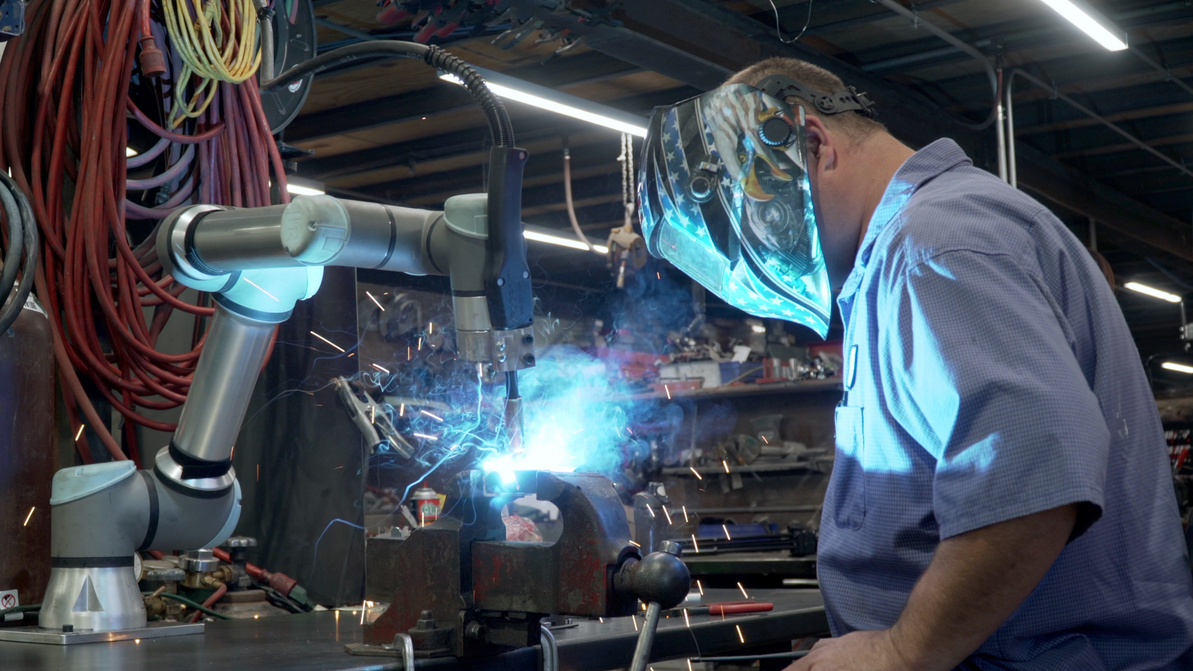Impact of Automation on Workers in the Americas
According to a McKinsey Global Institute (MGI) study released this month, 65% of manufacturing work has the potential to be automated. This massive shift in labor affects 29.6 Million workers in the Americas alone with Brazil, United States, Mexico, Argentina and Peru topping the list of those impacted. This is not to say that 29.6 million people will be replaced by robots and out of work; it simply means that the definition of having a manufacturing job, and its requirements, is changing.
MGI partner Michael Chui explains that only 5% of occupations can be completely automated using today’s technology. “Almost every job has a significant percentage of its activities that can be automated.” He goes on to say that statement includes a quarter to a third of individual activities performed by a CEO. Collectively, almost $16 trillion in wages paid for individual tasks could be automated with current technology. The tasks most easily automated are physical, well-structured and predictable, such as data collection and processing. In the US, those types of activities account for 51 percent of activities performed in its economy, mostly stemming from manufacturing, retail, and accommodation and food service.
Automation and digitization are new tools management can use to increase competitiveness. However, deploying new technology does come with risks, including cyber security and retraining a workforce. Long-term, the benefits of automation could outweigh the risks in reduced errors and improving quality and speed. Often overlooked is automation’s contribution to productivity. MGI estimates that automation could increase productivity growth globally by .8 to 1.4 percent. The goal with adaptive automation should be for people to complement the work of machines and vice versa.
Implementation of automation technologies will vary by job, activity and skill level. Some factors affecting adoption rates are costs, supply and demand for specific labor, social acceptance, regulatory requirements, and economic conditions. Ultimately, business processes will adapt and workers will be required to change with them but the outlook for widespread change is long-term. The expected gradual incorporation of automated processes and technologies will make the shift less disruptive for the workforce. The subtle changes will result in different types of jobs surfacing, rather than mass, long-term unemployment.
Have an idea for factory automation? Get a complimentary proof of concept today - click here.
Recent Posts
-
Using Scan Tunnels to Track, Sort and Route Warehouse Packages
If you’re using conveyor lines to move products, packages and shipments through your warehouse, the …Apr 17th 2024 -
Embracing Collaboration: How Universal Robots Transformed DeAngelo Marine Exhaust
When the welding robots made their debut at DeAngelo Marine Exhaust, there was a mix of excitem …Apr 11th 2024 -
How to Speed Up Your Warehouse Packing by 33% with Machine Vision
Packing benches are some of the busiest areas of most warehouses, with thousands of items to pack i …Apr 4th 2024




